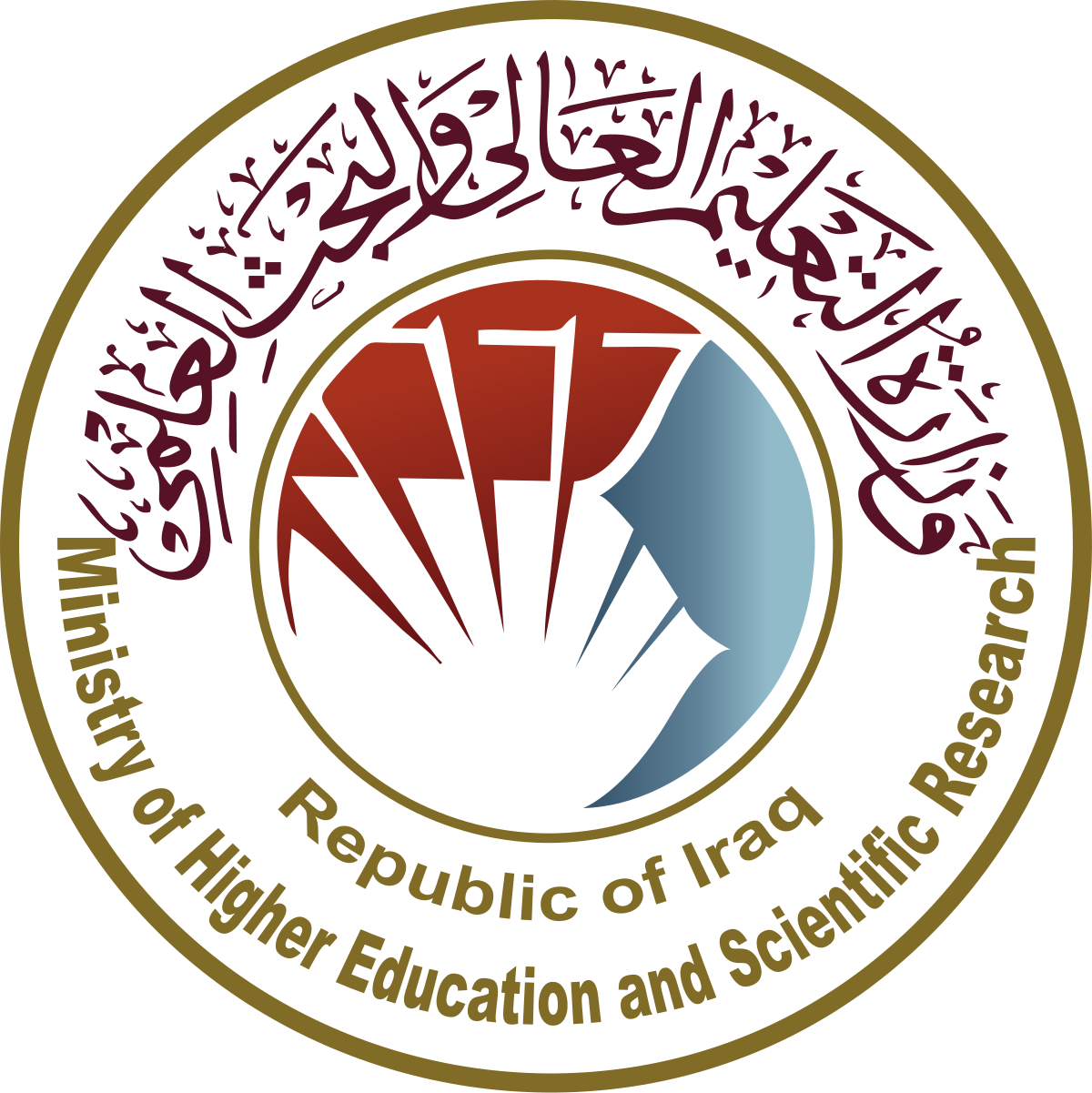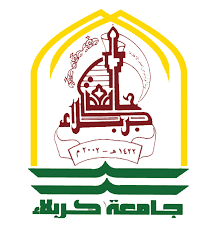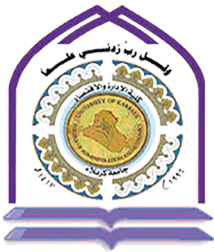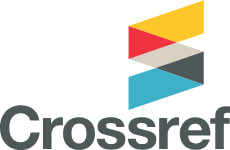The effect of ethical leadership on workforce agility
بحث تحليلي لآراء عينة من الموظفيـــن في دائـــرة صحة كربلاء
Keywords:
ethical leadership, workforce agility, Karbala Health Department.Abstract
This study aimed to identify the extent of the impact of the ethical leadership behaviors of department heads, administrative divisions, and technicians in achieving the workforce agility of Karbala Health Department employees. Ethical leadership is measured by means of a one-dimensional scale that consists of ten paragraphs to measure. As for the workforce agility it was measured through three dimensions (proactivity, adaptability and Flexibility). Data and information from a sample of (291) employees working in the Karbala Health Department, and a set of statistical methods were adopted to analyze data and test hypotheses. Ethical and humane interaction with employees through respect, good treatment, and social communication with them, as well as moral discipline towards the application of instructions to everyone without distinction, which leads to the achievement of agility in all areas of work in the department
References
أولا: المصادر العربيــة
أ- البحــوث والدوريــات
-الفقيه، هند بنت محميد، 2019، ممارسات القيادة الأخلاقية بالمدارس اليابانية وإمكانية الإفادة منها بالمدارس السعودية، المجلة العربية للعلوم التربوية والنفسية، السعودية، العدد 9
ب-الرسائل والاطاريح
-الجعيثني، ختام قاسم مصطفى، 2017، درجة ممارسة مديري المدارس الابتدائية للقيادة الأخلاقية وعلاقتها بسلوك المواطنة التنظيمية لدى معلميهم، رسالة ماجستير، الجامعة الإسلامية –كلية التربية، غــزة.
-الشاعر، عماد سعيد محمد، 2017، ممارسات القيادة الأخلاقية وعلاقتها بتحقيق الابداع الإداري، رسالة ماجستير، الجامعة الإسلامية- غزة، كلية التجارة.
ثانيا: المصادر الانكليزية
A-Books
- Dewberry, C. (Statistical Methods for Organizational Research: Theory and practice) First published, Published in the Taylor & Franci, 2004.
- Sunders, Mark; Lewis, Philp; Thornhill, Andrian (Research metods foe business students) Prentice Hall, 2009.
B- Journal and perdicals
- Aboyassin, N. A.,2018, ETHICAL LEADERSHIP: PROBLEMS AND TASKS IN BUSINESS.
-Ahmad, S., Fazal-E-Hasan, S. M., & Kaleem, A. )2018(How ethical leadership stimulates academics’ retention in universities: The mediating role of job-related affective well-being, International Journal of Educational Management,32(7).
- Alavi, S., Abd. Wahab, D., Muhamad, N., & Arbab Shirani, B. (2014). Organic structure and organisational learning as the main antecedents of workforce agility. International Journal of Production Research, 52(21), 6273-6295.
- Almahamid, S.,2018, knowledge management processes and workforce agility: a theoretical perspective.
- Azizi, N., & Liang, M. (2013). An integrated approach to worker assignment, workforce flexibility acquisition, and task rotation. Journal of the Operational Research Society, 64(2), 260-275.
- Bateman, T. S., & Crant, J. M. (1999). Proactive behavior: Meaning, impact, recommendations. Business Horizons, 42(3), 63-70.
- Belschak, F. D., & Den Hartog, D. N. (2010). Pro‐self, prosocial, and pro‐organizational foci of proactive behaviour: Differential antecedents and consequences. Journal of Occupational and Organizational Psychology, 83(2), 475-498.
- Breu, K., Hemingway, C. J., Strathern, M., & Bridger, D. (2002). Workforce agility: the new employee strategy for the knowledge economy. Journal of Information technology, 17(1), 21-31.
- Brown, M. E., & Treviño, L. K., 2006, Ethical leadership: A review and future directions, The leadership quarterly, 17(6), 595-616.
- Brown, M. E., Treviño, L. K., & Harrison, D. A. (2005) Ethical leadership: A social learning perspective for construct development and testing. Organizational behavior and human decision processes, 97(2), 117-134.
- Cai, Z., Huang, Q., Liu, H., & Wang, X. (2018). Improving the agility of employees through enterprise social media: The mediating role of psychological conditions. International Journal of Information Management, 38(1), 52-63.
- Coetzee, M., Ferreira, N., & Shunmugum, C. (2017). Psychological career resources, career adaptability and work engagement of generational cohorts in the media industry. SA Journal of Human Resource Management, 15, 12.
-Crant, J. M. (2000). Proactive behavior in organizations. Journal of management, 26(3), 435-462.
- Den Hartog, D. N., & Belschak, F. D. (2012) Work engagement and Machiavellianism in the ethical leadership process, Journal of Business Ethics, 107(1), 35-47.
-Doeze Jager‐van Vliet, S. B., Born, M. P., & van der Molen, H. T. (2019). Using a portfolio‐based process to develop agility among employees. Human Resource Development Quarterly,30(1), 39-60.
- Fildzahni, E. D., & Nurtjahjanti, H. (2017). HUBUNGAN ANTARA WORKFORCE AGILITY DENGAN BURNOUT PEGAWAI DIREKTORAT REFINERY UNIT V DAN RDMP PT. PERTAMINA (PERSERO) BALIKPAPAN (Doctoral dissertation, Undip) .
-Harvey, P., Harris, K. J., Kacmar, K. M., Buckless, A., & Pescosolido, A. T. 2013(The Impact of Political Skill on Employees’ Perceptions of Ethical Leadership. Journal of Leadership & Organizational Studies, 21(1).
- Hunt, S. D., Wood, V. R., & Chonko, L. B. (1989) Corporate ethical values and organizational commitment in marketing. Journal of marketing, 53(3), 79-90.
-Hosein, Z. Z., & Yousefi, A. (2012). The role of emotional intelligence on workforce agility in the workplace. International Journal of Psychological Studies, 4(3), 48.
- Idris, W. M. S., & Al-Rubaie, M. T. K. (2013). Examining the impact of strategic learning on strategic agility. Journal of Management and Strategy, 4(2), 70.
- Khoshlahn, M., & Ardabili, F. S. (2016). The role of organizational agility and transformational leadership in service recovery prediction. Procedia-Social and Behavioral Sciences, 230, 142-149.
- Kok, R. A., & Ligthart, P. E. (2014). Differentiating major and incremental new product development: The effects of functional and numerical workforce flexibility. Journal of Product Innovation Management, 31, 30-42.
- Krejcie, R & Morgan, D. (1970), Determining sample size for research activities. Educational and psychological Measurement,30,607-610.
- Maggiori, C., Johnston, C. S., Krings, F., Massoudi, K., & Rossier, J. (2013). The role of career adaptability and work conditions on general and professional well-being. Journal of Vocational Behavior, 83(3), 437-449.
-Marsh, C. (2013) Business executives’ perceptions of ethical leadership and its development, Journal of Business Ethics,114(3), 565-582
-Monteiro, S., & Almeida, L. S. (2015). The relation of career adaptability to work experience, extracurricular activities, and work transition in Portuguese graduate students. Journal of Vocational Behavior, 91, 106-112.
-Nyukorong, R. (2014) Fostering Ethical Leadership in Organizations, European Journal of Business and Management, 6(33), 56-63.
- O'Connell, D. J., McNeely, E., & Hall, D. T. (2008). Unpacking personal adaptability at work. Journal of Leadership & Organizational Studies, 14(3), 248-259.
- Piccolo, R. F., Greenbaum, R. L., & Eissa, G. (2012) Ethical leadership and core job characteristics: Designing jobs for employee well-being, In Work and quality of life (pp. 291-305). Springer, Dordrecht
-Qin, R., & Nembhard, D. A. (2010). Workforce agility for stochastically diffused conditions—A real options perspective. International Journal of Production Economics, 125(2), 324-334.
-Qin, R., & Nembhard, D. A. (2015). Workforce agility in operations management. Surveys in Operations Research and Management Science, 20(2), 55-69.
- Sillekens, T., Koberstein, A., & Suhl, L. (2011). Aggregate production planning in the automotive industry with special consideration of workforce flexibility. International Journal of Production Research, 49(17), 5055-5078.
-Treviño, L. K., Brown, M., & Hartman, L. P. (2003). A qualitative investigation of perceived executive ethical leadership: Perceptions from inside and outside the executive suite. Human relations, 56(1), 5-37
- Tutar, H., Altınöz, M., & Çakıroğlu, D. (2011). Is ethical leadership and strategic leadership a dilemma? A descriptive survey. Procedia-Social and Behavioral Sciences, 24, 1378-1388.
-Yasir, M., & Rasli, A. (2018) Direct and indirect effects of ethical leadership on workplace deviance in public healthcare sector of Pakistan, Journal of Advances in Management Research, 15(4.(
-Yukl, G., Mahsud, R., Hassan, S., & Prussia, G. E. (2013) An improved measure of ethical leadership, Journal of leadership & organizational studies, 20(1), 38-48.
C- Thesis and Dissertation
- Aladwan, Z. S. (2017). The Impact of Knowledge Management Processes on Workforce Agility: An Empirical Investigation at Pharmaceutical Companies in Jordan. (Unpublished master thesis), Middle East University, Amman, Jordan.
- Bosco, C. (2007). The relationship between environmental turbulence, workforce agility and patient outcomes.
- Kukunda-Onyait, N. (2019). Achieving workforce agility in dynamic environments.
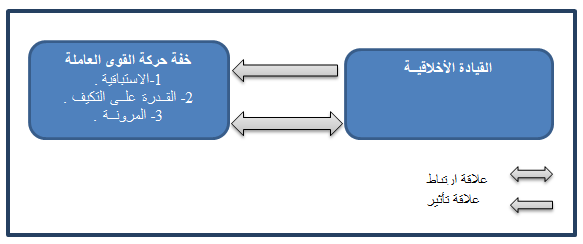
Downloads
Published
How to Cite
Issue
Section
License
Copyright (c) 2024 Economics and Administration College - Karbala University

This work is licensed under a Creative Commons Attribution-NonCommercial-NoDerivatives 4.0 International License.
Authors retain the copyright of their papers without restrictions.




